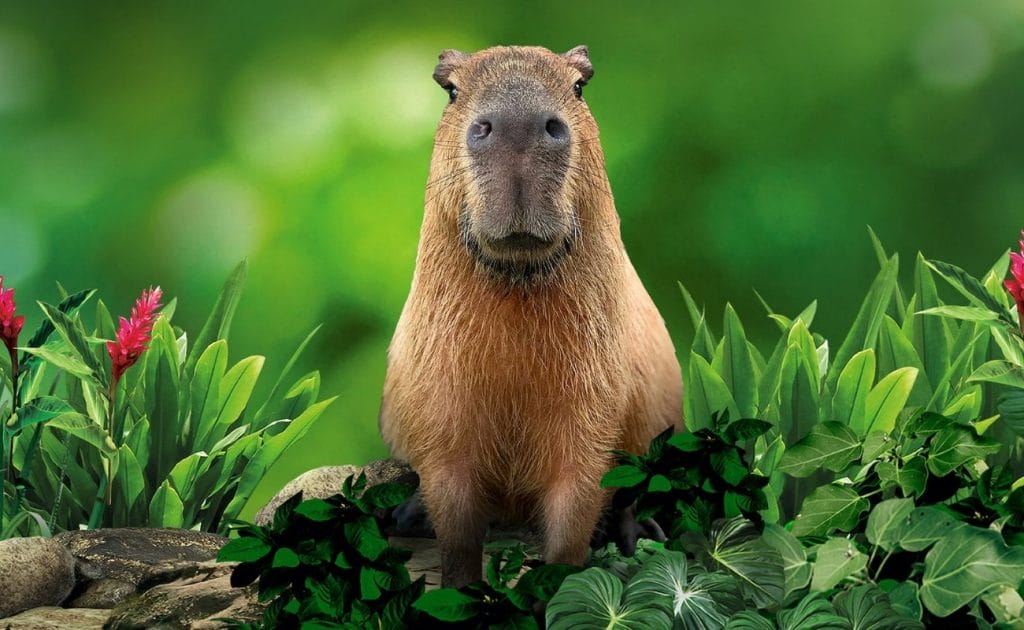With Malaysia’s national COVID-19 immunisation programme still in the early stages of phase one, it certainly seems that interstate, let alone international, travel still remains a faraway prospect for most of us. But as it is, plans are already afoot here and elsewhere to set up so-called travel bubbles to facilitate safe travel between neighbouring countries in South-East Asia, primarily with Thailand and Singapore.
And with the COVID-19 pandemic bringing safety and hygiene to the top of everyone’s list of priorities, perhaps it is Singapore’s early-adopter mentality that has proven to be the most commendable, as it blazes a trail forward with marked ingenuity. So, just what can travellers anticipate as the Singapore experience is reimagined to meet the needs of these strange new times?

Caviar Colony feels that food will play a big part in the new way of experiencing travel to Singapore
Recently, the Singapore Tourism Board (STB) hosted the Travel Reimagined: A Singapore Perspective virtual get-together session to unveil its comprehensive plan to safely welcome back tourists to the island republic’s fantastic attractions. This was when John Conceicao, STB’s South-East Asia Executive Director, got the ball rolling and shared some interesting plans about the reopening of Singapore.
“Ours is a small but open economy; we had to rely on the happenings around the world to sustain ourselves,” explains Conceicao. “So, we opted for risk management instead of elimination. So far, we’ve introduced a unilateral green lane for travellers from Brunei, Australia, New Zealand and some provinces in China, who wished to travel to Singapore. On top of that, we also have Reciprocal Green Lane (RGL) arrangements for countries with essential business to be done here.”
He also shared about the Connect@Singapore business meeting and travel initiative. “We now have a meeting facility where anybody from anywhere in the world can come into Singapore without requiring to undergo quarantine. If a Malaysian comes into Singapore to meet some business counterpart, you can enter the meeting facility that is separated by a glass screen to communicate face-to-face with the other through a speaker system. This would be an attempt for us to restart travel, especially with essential business travel.”
The Connect@Singapore initiative aims to facilitate essential global business exchanges and support the revival of Singapore’s air hub status and hospitality sector. But Conceicao is the first to remind everyone that travel will not be the same in the new future.

Singapore Tourism Board’s South-East Asia Executive Director John Conceicao
“We can expect that the current health and safety protocols will be here to stay, including the wearing of face masks, cleaning and sanitisation, safe distancing, COVID-19 testing, and some form of quarantine. Health passports are also being discussed at the moment,” he explains.
“You will also see a whole new use of technology, which is one of the positive things that have come out of this COVID-19 situation. People have started to use technology even more and all the protocols are already using technology to minimise contact. People will take longer to plan a trip as there are a lot more protocols to observe, including vaccination and health travel passports. Also, travel agents and airlines will have more flexibility to allow changes in bookings due to the uncertainty.”
Meanwhile, Benjamin Goh, the founder and CEO of Singapore’s Caviar Colony, feels that food will play a big part in this new way of experiencing travel to the island. “Caviar Colony started because we wanted to make caviar more accessible,” he reveals. “During the setup of Caviar Colony, we looked at different ways of trying to engage with our customers. We even employed artificial intelligence in our business to help us understand how people react to caviar as well as understanding their buying behaviour. We also set up the website for Caviar Colony and we managed to increase our sales during the pandemic. There was no B2B business, so we had to rely on B2C instead.”
And, of course, most travellers to Singapore previously would have found the much talked about Singapore Zoo an essential part of the whole travel experience to the city-state. And, with a host of special arrangements and clever use of technology, Chan Poh Shan, the Assistant Vice President of Animal Presentation at Wildlife Reserves Singapore, which manages the zoo, hopes that the magical experience is set to continue even in these challenging times.
“As part of the initiative to reinvent this experience, we will continue to conduct virtual programmes to bring people closer to the animals. This not only benefits the public, but is also a way to continue training the animals to ensure that their performance behaviours are intact when guests are allowed to visit again,” says Chan.

The Singapore Zoo has been conducting virtual programmes to bring people closer to the animals
And while borders remain closed to tourism and casual travel for now, Wildlife Reserves Singapore recently introduced Hello from the Wild Side, an initiative that enables the public to engage with the animals virtually through video meetings with the ‘animal ambassadors’ and interactive tours of the unique enclosures that allow them to participate in live enrichment activities.
So, as the world speculates about what travel will look like moving forward, our southern neighbours have now given us a glimpse of what’s to come. Singapore, today, is already setting the standard for what travel elsewhere may end up looking like next year, in a decade, or maybe even in two. And it’s definitely doing it all from the leading edge.



